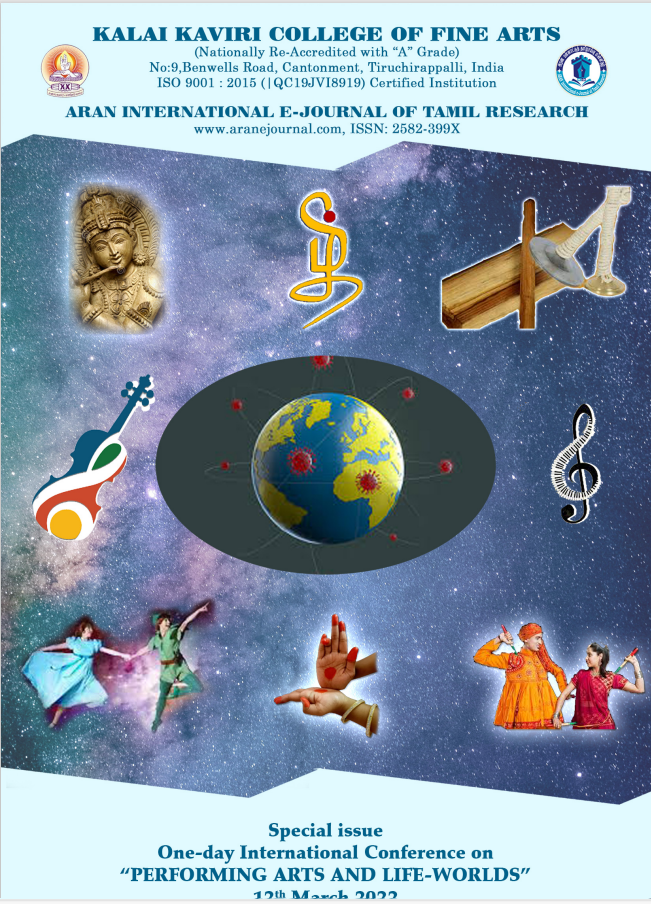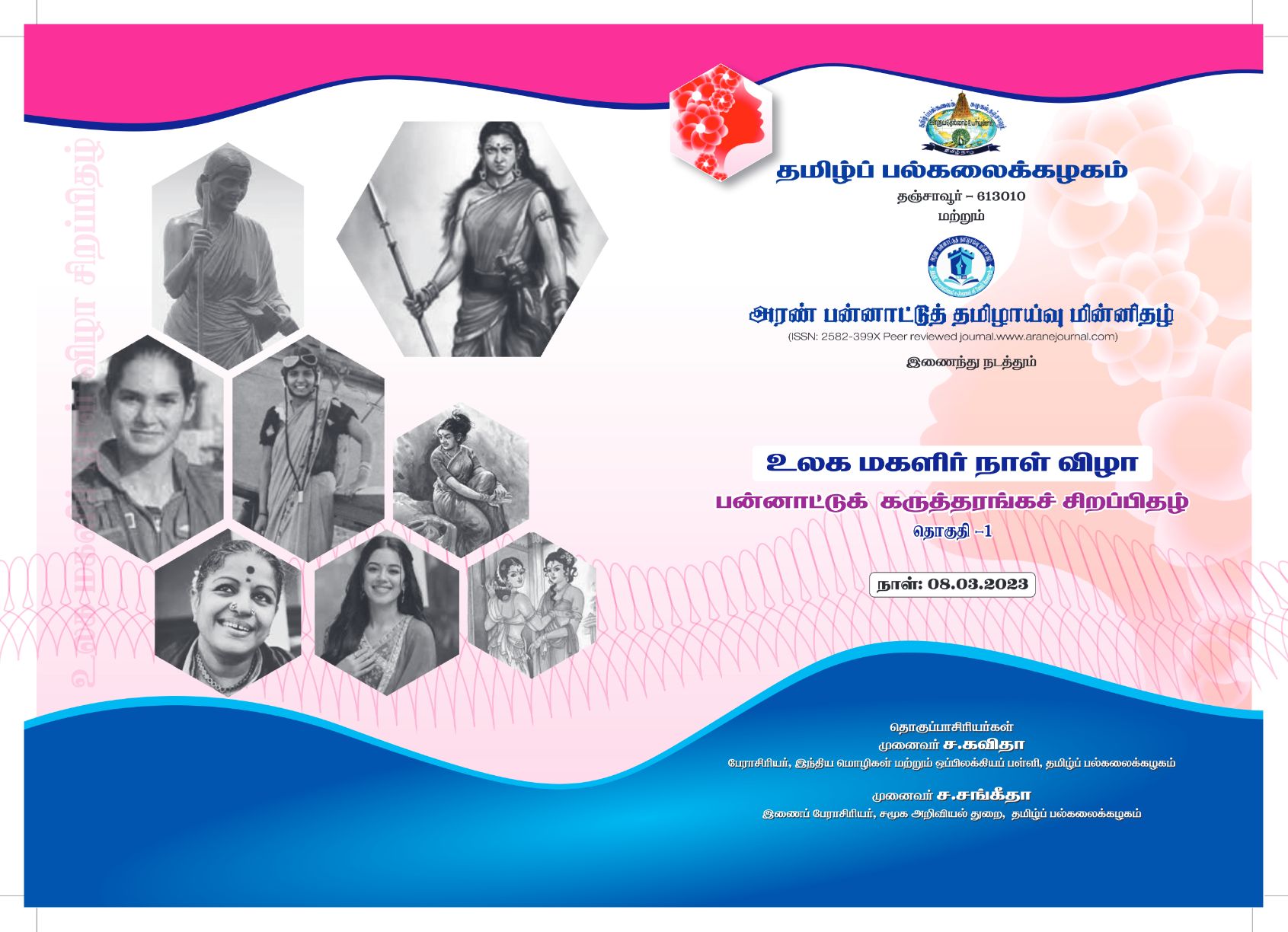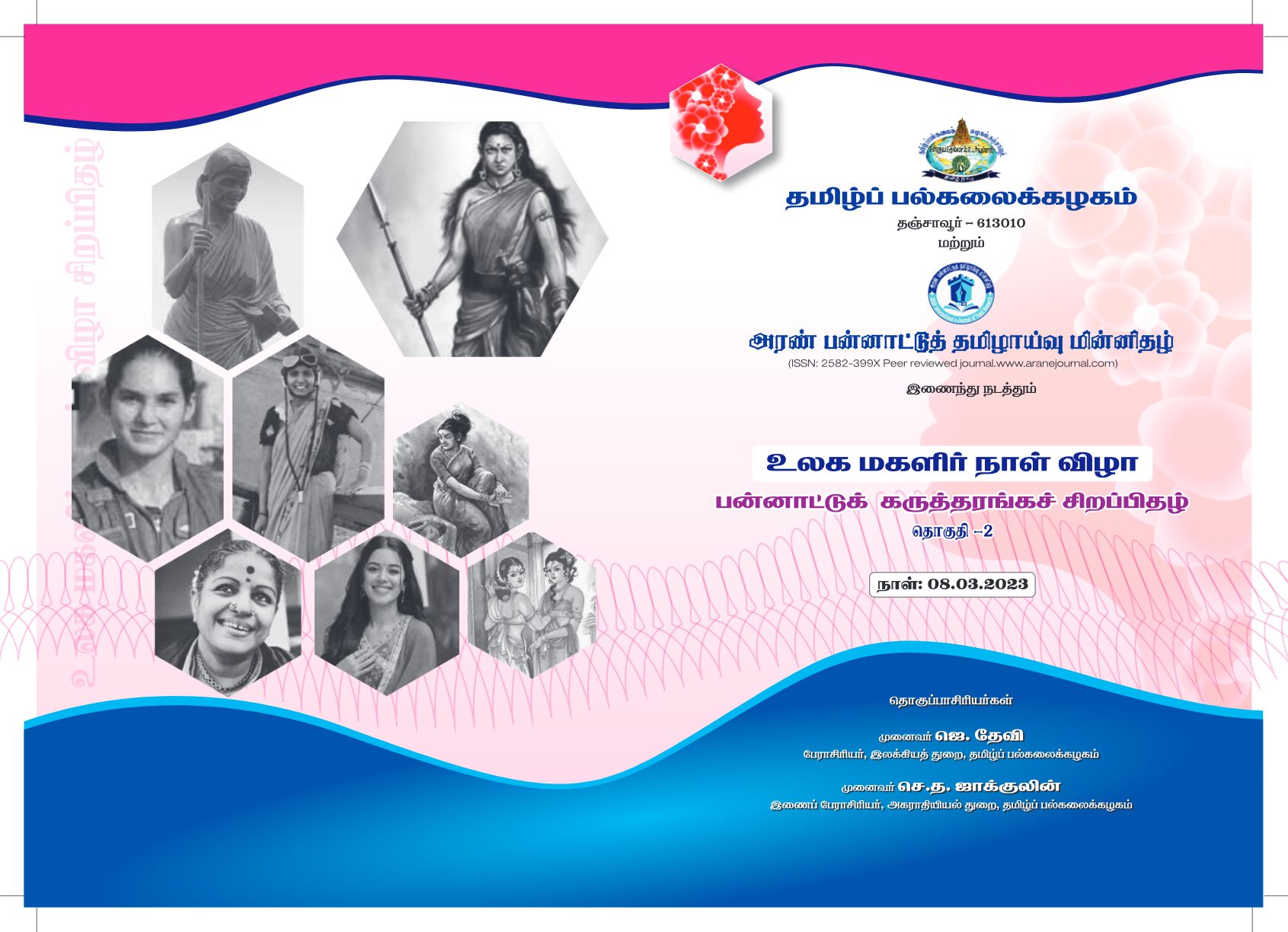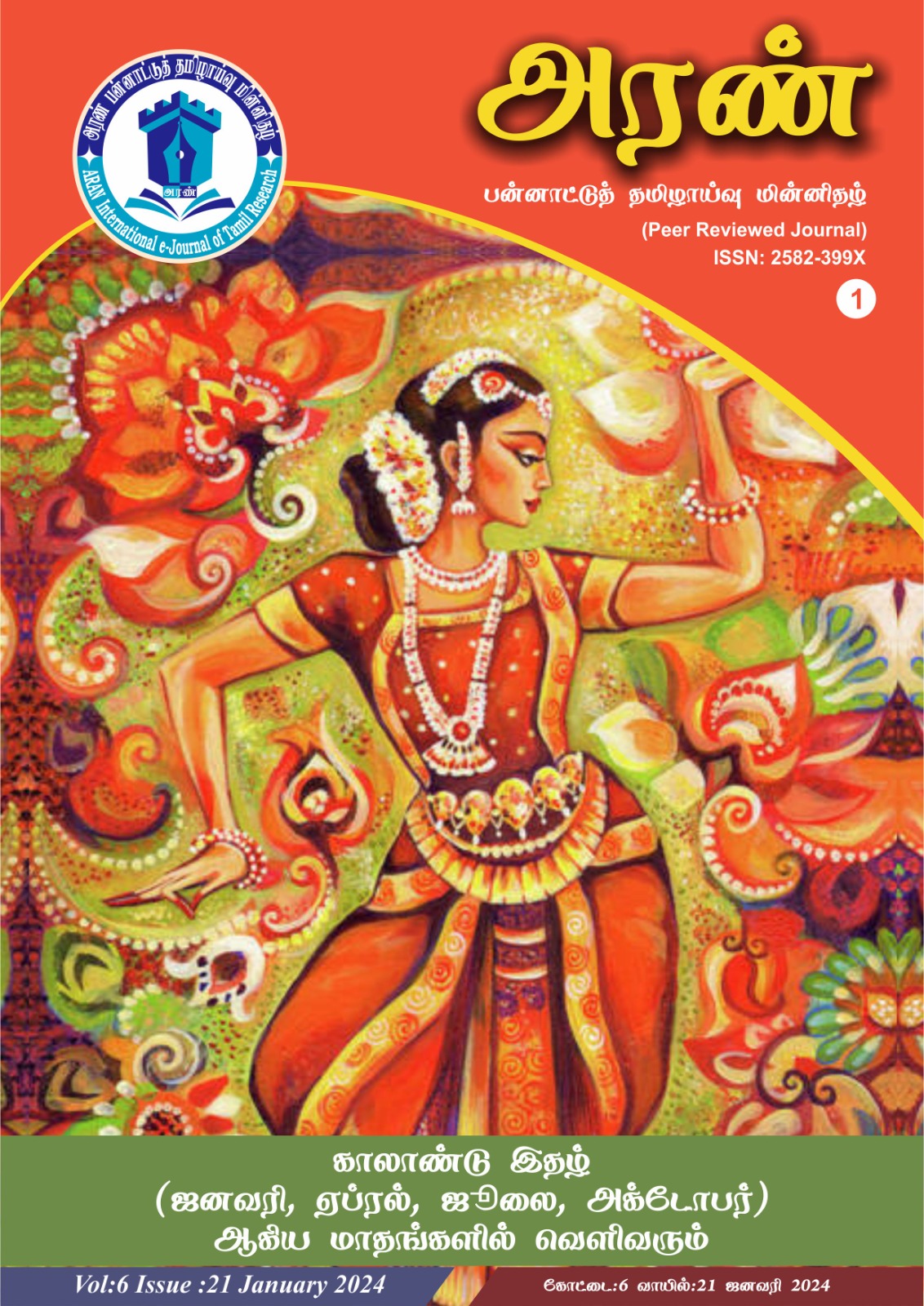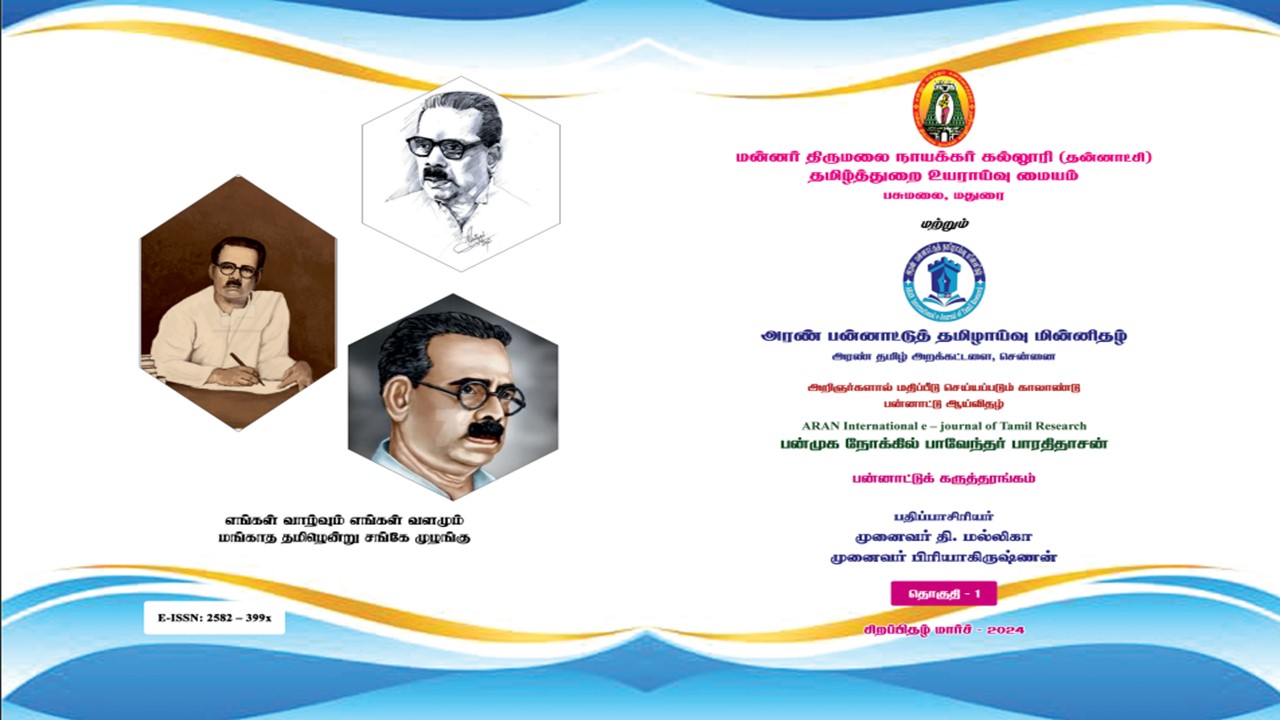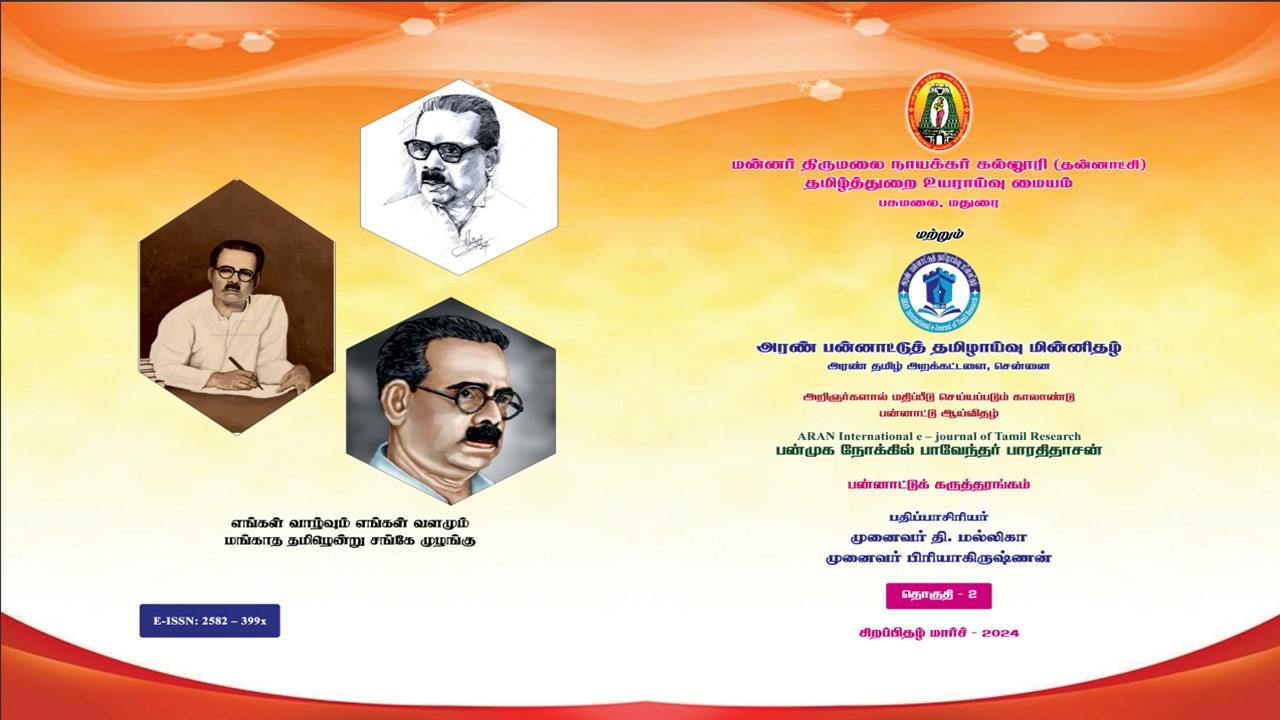Study of Techniques used while adapting popular Western Instruments to perform Carnatic Music
Abstract
Indian Classical Music, with its deep historical roots, has been preserved and transmitted across generations for thousands of years. Carnatic music, a subset of Indian classical music, has traditionally been played on instruments such as the veena and performed vocally. Historical references to ancient instruments like the yaazh, which is a precursor to the veena, are found in Sangam literature, indicating the long-standing tradition of instrumental music in South India[3]. In the 19th and 20th centuries, Western instruments such as the violin began to capture the imagination of Indian musicians, beginning with pioneers like Baluswamy Dikshithar and Thanjavur Vadivelu, who first adapted the violin to Carnatic music. Since then, several Western instruments, including the viola, guitar, mandolin, piano, saxophone, and electronic keyboard, have been adapted for Carnatic performance[5]. This paper explores the various techniques and styles that have emerged as musicians sought to adapt these instruments for Carnatic music. Key techniques include specific fingering systems, adaptations of the gayaki (vocal) style, modifications to instrument structure, the electrification of instruments, and the use of electronic technologies such as pitch-bending devices to more effectively render the microtonal nuances of Carnatic music[4]. By examining these adaptations, this paper sheds light on the ways in which tradition and innovation coexist and how technology has played a significant role in the evolution of Carnatic music performance.
Keywords
Carnatic Music, Instrumental Adaptation, Playing Techniques, Gamakas, Tradition, Innovation, Global musicians
Introduction
Carnatic Music and Its Instrumental Tradition
Carnatic music is one of the most revered and enduring forms of Indian classical music, with its origins deeply rooted in ancient Indian texts and practices. As one of the oldest systems of music, Carnatic music has been preserved, practiced, and taught through oral tradition, passing from generation to generation over thousands of years. In historical texts like the Silappadigaram and the Tolkaapiyam, we find references to early Carnatic music and instruments, such as the yaazh, a precursor to the modern veena, that highlight the longstanding importance of instrumental performance within this tradition[3].
Traditionally, Carnatic music has been performed using native South Indian instruments such as the veena, mridangam, and nagaswaram, and has also been widely performed in vocal forms[1]. However, with the rise of cultural exchange in the 19th and 20th centuries, musicians began exploring the potential of Western instruments within the Carnatic idiom. This process of adaptation began with the introduction of the violin in the early 19th century, a transition largely attributed to Baluswamy Dikshithar and Thanjavur Vadivelu, both of whom brought Western instrumental traditions into the fold of Carnatic performance[1]. These early pioneers laid the groundwork for future musicians who would experiment with a wide array of Western instruments.
Today, instruments such as the guitar, mandolin, saxophone, piano, and electronic keyboard have all been successfully adapted for Carnatic music, providing both new challenges and opportunities for musicians. This paper focuses on the various techniques and styles that have emerged to adapt these Western instruments for Carnatic music, exploring the interplay of tradition and innovation that has defined this cross-cultural musical evolution.
Pioneers of Instrumental Adaptation in Carnatic Music
The adaptation of Western instruments to Carnatic music began with notable figures in the 19th century. One of the first successful adaptations was the violin, which was introduced to Carnatic music by Baluswamy Dikshithar, the brother of the famed composer Muthuswamy Dikshithar. Inspired by Western classical violinists, Baluswamy Dikshithar saw the potential of the violin to emulate the nuances of Carnatic vocal music. He modified the posture and playing techniques to suit the microtonal and ornamental demands of Carnatic music.
Another early adapter of the violin was Thanjavur Vadivelu, who was part of the court of Swathi Thirunal Rama Varma, the Maharaja of Travancore. Both of their influence helped further popularize the use of the violin in Carnatic performances, setting the stage for future innovations in instrumental adaptation. Over the next century, other Western instruments such as the viola, guitar, mandolin, piano, and saxophone were gradually incorporated into Carnatic music, each requiring unique modifications to their playing techniques and styles.
Research Aims and Structure
This research seeks to explore the various techniques and innovations that have been employed in the adaptation of Western instruments for Carnatic music. The paper examines how musicians have modified their instruments, developed new fingering systems, incorporated gayaki (vocal) styles, and utilized modern electronic technologies like pitch-bending devices to overcome the challenges posed by these instruments. The goal is to understand how these adaptations have not only preserved the traditional elements of Carnatic music but have also allowed for new forms of expression within the genre.
This paper is organized as follows: The Methods section outlines the research methodology, focusing on performance analysis, interviews with musicians, and historical documentation. The Results section presents the key findings from the research, detailing the specific techniques and innovations that have emerged in the adaptation of Western instruments for Carnatic music. The Discussion section provides a broader analysis of these findings, placing them in the context of global music trends and technological advancements. Finally, the Conclusion reflects on the implications of these adaptations for the future of Carnatic music.
Methods
Historical and Archival Research
This research began with an extensive review of historical and archival materials related to the evolution of Carnatic music and its instrumental traditions. Historical texts such as the Silappadigaram and the Tolkaapiyam were studied to understand the early mentions of instruments like the yaazh, which later evolved into the veena and other string instruments used in Indian classical music. Archival research also involved examining early recordings, concert reviews, and writings on the introduction of Western instruments into Carnatic music. This provided a historical framework for understanding the gradual acceptance and adaptation of instruments like the violin, guitar, mandolin, and saxophone within the Carnatic tradition.
Case studies of Prominent Musicians
Case studies associated with prominent musicians who specialize in playing Western instruments were taken up to analyse the technical challenges of adapting these instruments to Carnatic music, the specific techniques musicians have developed to overcome these challenges, and the ways in which they incorporate Carnatic ornamentation, such as gamakas, into their performances[6]. Musicians such as violinist L. Shankar, guitarist Sukumar Prasad, mandolin player U. Srinivas, and saxophonist Kadri Gopalnath, Harmonium player Palladam Venkatramana Rao, Jalatarangam Aanayampatti Ganesan were selected to get more insights into the creative and technical processes involved in adapting their respective instruments.
Performance Analysis
Performance analysis was a key component of the research, focusing on recorded performances of Carnatic music played on Western instruments. This analysis examined how musicians navigate the technical limitations of Western instruments, such as fixed pitches on the keyboard or frets on the guitar, to replicate the microtonal nuances of Carnatic ragas. Specific attention was paid to bowing techniques on the violin, slide techniques on the guitar, and embouchure adjustments on the saxophone, as these modifications are critical to achieving the fluidity and expressiveness required in Carnatic music.
Technological Analysis
The study also explored the role of modern technology in the adaptation of Western instruments for Carnatic music. This included the use of electronic devices such as pitch-benders, synthesizers, and MIDI controllers, which allow musicians to more accurately mimic the microtonal slides and bends that are characteristic of Carnatic music. This section of the research focused on how these technologies have expanded the possibilities for performing Carnatic music on instruments like the electronic keyboard and electric guitar.
Results
Violin and Viola: Mastery of Microtones and Ornamentation
The violin, one of the earliest Western instruments adapted for Carnatic music, has become an integral part of the tradition. Musicians such as Lalgudi G Jayaraman and L. Shankar have pioneered techniques that allow the violin to replicate the vocal nuances of Carnatic music. These techniques include specific bowing patterns that mimic the gamakas (ornamentation) and srutis (microtones) found in vocal music[6]. The vertical holding posture, where the violin is rested against the musician's chest, allows for more fluid movement of the bow and greater control over microtonal variations. Additionally, the adaptation of the viola, which offers a deeper tonal range, has allowed for the performance of lower-pitched ragas and bass accompaniments in Carnatic music[2].
Guitar and Mandolin: Slide Techniques and Fingerpicking Innovations
The guitar and mandolin present unique challenges due to their fretted nature, which restricts the ability to perform the gliding, sliding gamakas typical of Carnatic music. Musicians like Sukumar Prasad (guitar) and U. Srinivas (mandolin) have developed specialized techniques to address these limitations. Sukumar Prasad, for example, uses a combination of slide guitar techniques, unique amplification sustain settings, selection of guitar strings including alternative tunings to allow for greater pitch flexibility. U. Srinivas, on the other hand, modified his mandolin's tuning and switched to an electric version of the instrument to (more like a mini electric guitar), changed from double strings to single string (5 of them) and developed a unique fingerpicking style that allowed him to replicate the rapid, intricate phrasings of Carnatic music. These innovations have expanded the expressive capabilities of these fretted instruments within the Carnatic tradition[5].
Saxophone: Breath Control and Embouchure Techniques
Kadri Gopalnath’s adaptation of the saxophone for Carnatic music required significant innovation in embouchure and breath control. To emulate the microtonal slides and bends of Carnatic ragas, Gopalnath developed a highly flexible embouchure that allowed him to bend notes and produce the subtle pitch variations necessary for performing gamakas[5]. This technique, combined with precise breath control, fingering techniques and modified scale changes enabled Gopalnath to achieve the expressiveness typically associated with Carnatic vocal music, making the saxophone a unique but fitting addition to the Carnatic tradition.
Piano and Electronic Keyboard: Digital Technologies and Pitch Modulation
The piano and electronic keyboard, present significant challenges for performing the fluid microtonal shifts characteristic of Carnatic music. However, musicians like Anil Srinivasan and Sathyanararaya have incorporated modern digital technologies to overcome these challenges. By using pitch-bending devices and MIDI controllers, both of them are able to mimic the slides and glides of traditional Carnatic instruments[2]. Additionally, synthesizers allow for the layering of sounds and the creation of timbres that resemble traditional Carnatic instruments, further enhancing the performance possibilities for keyboard players in the Carnatic idiom.
Harmonium: Overcoming Limitations and Innovating Techniques
The harmonium, with its fixed-pitch keys and lack of flexibility for microtonal glides, presents unique challenges when adapted for Carnatic music. However, musicians like Palladam Venkatramana Rao have developed innovative techniques to navigate these limitations and bring the harmonium into the Carnatic fold. Known for his exceptional skill, Venkatraman Rao refined his playing technique to emulate the gamakas (ornamentations) and intricate phrasings typical of Carnatic vocal music[6]. He employed rapid finger movements and subtle variations in air pressure to achieve expressive phrases that mimic the slides and bends characteristic of traditional Carnatic instruments. Additionally, Rao’s mastery of harmonium tuning allowed him to enhance the instrument's responsiveness, helping it blend seamlessly with other Carnatic instruments. His contributions expanded the harmonium’s role in Carnatic music, proving that even fixed-pitch instruments could capture the fluidity and nuance required for this intricate musical tradition.
Jalatarangam: Mastery of Fluidity and Precision
The Jalatarangam, an ancient instrument consisting of water-filled ceramic or metal bowls, presents unique challenges in Carnatic music due to its reliance on precise water levels to produce specific pitches. Aanayampatti Ganesan, a revered Jalatarangam player, mastered this delicate instrument, bringing it into prominence within the Carnatic tradition. Ganesan’s technique involved striking the bowls with sticks, but what set him apart was his ability to emulate the gamakas (ornamentations) and microtonal variations characteristic of Carnatic music[6]. By skilfully adjusting water levels and developing nuanced striking patterns, he could replicate the fluid slides and intricate phrasing required for ragas. His deep understanding of the instrument’s sonic possibilities allowed him to achieve an expressive range that rivalled more conventional Carnatic instruments[5]. Through his innovations, Aanayampatti Ganesan showcased the Jalatarangam’s versatility and cemented its place in the contemporary Carnatic performance repertoire, highlighting the instrument’s capacity for both rhythm and melody.
Electrification and Amplification: Enhancing Expression and Volume
The electrification of instruments such as the guitar and violin has opened up new possibilities for performing Carnatic music in larger concert settings. Amplification not only increases the volume of the instruments but also enhances the musician's ability to express subtle nuances in their playing. Electric violins and guitars allow for greater sustain, making it easier to execute long, flowing phrases characteristic of Carnatic improvisation. Additionally, effects such as reverb and delay can be used to enhance the atmosphere of a performance, adding new dimensions to the sound of Carnatic music.
Discussion
The Role of Tradition and Innovation
The adaptation of Western instruments for Carnatic music represents a delicate balance between tradition and innovation. While musicians seek to preserve the core elements of Carnatic music—such as raga and tala—they also explore new forms of expression made possible by Western instruments. This interplay between tradition and innovation reflects the broader dynamics of cultural exchange in music, where musicians draw on global influences to create new hybrid forms while still maintaining the integrity of their native traditions[5].
The techniques developed by Carnatic musicians to adapt Western instruments highlight the creativity and resilience of the tradition. Whether through the development of new fingering systems, the modification of instrument structures, or the incorporation of modern electronic technologies, these adaptations demonstrate the ways in which Carnatic music has continued to evolve while remaining grounded in its ancient roots.
Globalization and the Future of Carnatic Music
The globalization of music has played a significant role in the adaptation of Western instruments for Carnatic music. As Indian classical music has gained popularity in the West, musicians have increasingly sought to bridge the gap between Eastern and Western musical traditions. This has led to collaborations between Indian and Western musicians, the incorporation of Western instruments into Indian music ensembles, and the creation of new fusion genres that blend elements of both traditions.
Looking to the future, the continued adaptation of Western instruments for Carnatic music presents exciting possibilities for innovation within the genre. With advancements in technology and the growing influence of global music trends, Carnatic musicians are likely to continue exploring new ways of integrating Western instruments into their performances, further expanding the expressive capabilities of the tradition.
Conclusion
The adaptation of Western instruments to Carnatic music is a testament to the dynamic nature of the tradition. From the early introduction of the violin in the 19th century to the modern use of guitars, electronic keyboards and digital technologies, Carnatic musicians have continually embraced innovation while maintaining a deep respect for tradition while evolving it further. The techniques and modifications developed by these musicians have not only allowed Western instruments to be adapted effectively to perform Carnatic music but have also enriched the tradition by introducing new instruments, sounds and textures.
As Carnatic music continues to evolve, the adaptation of Western instruments will play an increasingly important role in shaping the future of the genre. By embracing both tradition and innovation, Carnatic musicians are ensuring that their music remains relevant and vibrant in an ever-changing world. The continued exploration of new techniques and technologies will undoubtedly lead to further innovations in the performance of Carnatic music, preserving its rich heritage while opening up new possibilities for expression.
References
[1] Rosenthal, Ethel. Story of Indian Music and Its Instruments. Manuscript edition, William Reeves Booksellers, 2018.
[2] Kuhtz, Russell. "Music: Techniques, Styles, Instruments, and Practice." Britannica's Practical Guide to the Arts, 15 July 2016, 1680483625.
[3] Periasamy Thooran M.P., “Pann Aaraichiyum Adhan Mudivugalin Thoguppum”, Silver Jubilee Publication, Tamil Isai Sangam, Mass Media and Publications, 1974
[4] Pesch, Ludwig. Oxford Illustrated Companion to South Indian Classical Music. 2nd ed., Oxford University Press (India), 2009
[5] The Chembur Fine Arts Society Music Conference Proceedings, February 1999 Retrieved February 5, 2022, from http://www.carnatica.net/sangeet/musicalexparticles.htm
[6] Indian Heritage. (n.d.). Gamaka. Retrieved February 5, 2024, from https://www.indian-heritage.org/music/gamaka.htm

